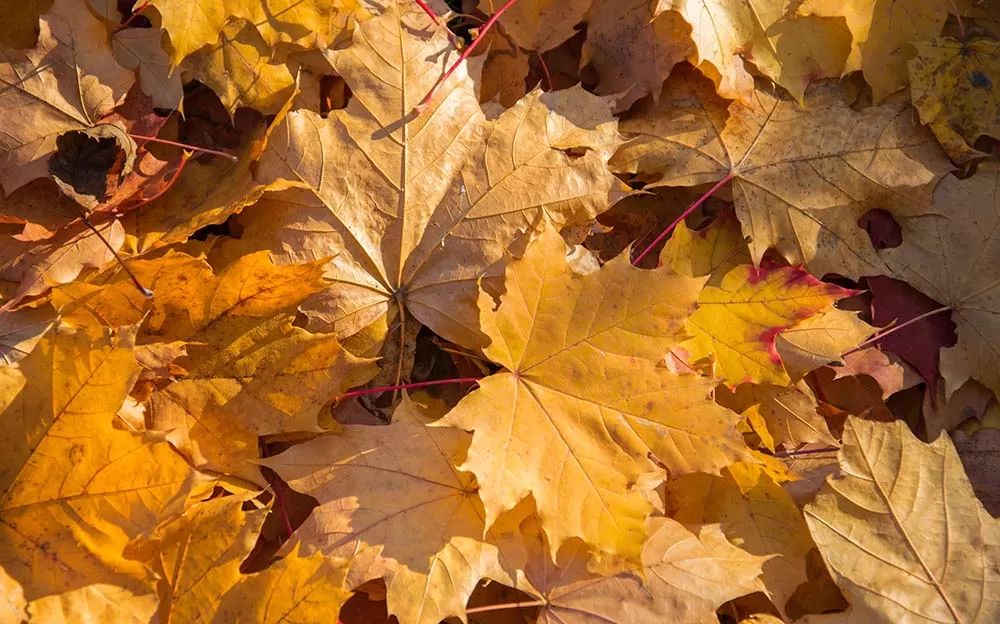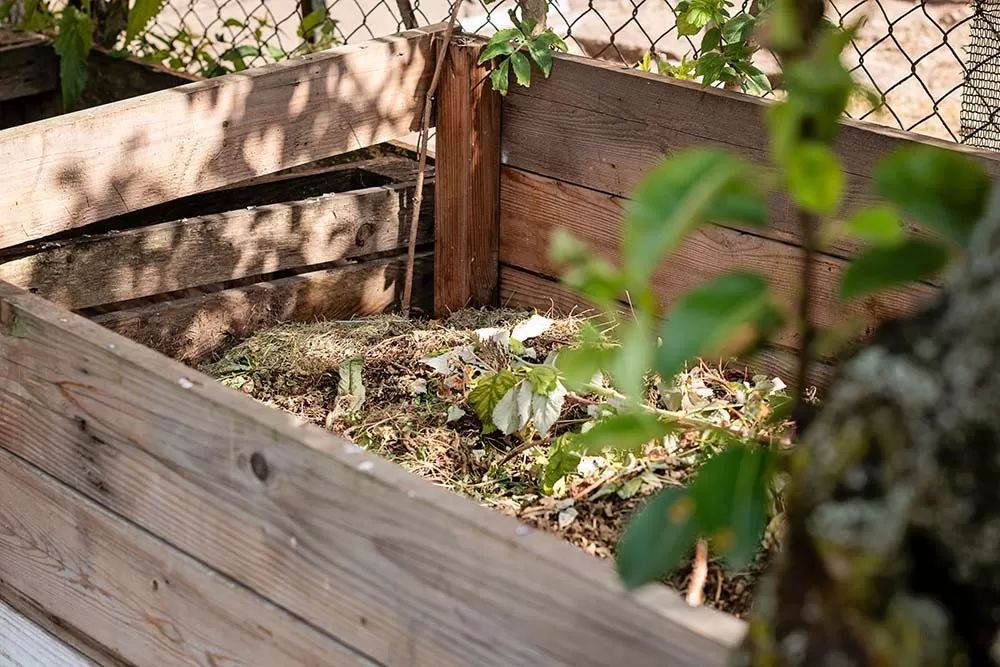
Learn How to Compost Leaves with The Right Steps
When looking for ways to handle fallen leaves during autumn, you can never go wrong by composting them. Sadly, not many homeowners know the right way in how to compost leaves. Luckily, we’ll show you a step-by-step guide to composting leaves.
Why Use Leaf Compost for Your Yard?
Let’s face it: nobody wants to have a ton of leaves in their backyard, especially at the base of their tree. After all, fallen leaves bring moisture levels up the roof, making your tree susceptible to all sorts of diseases, such as Maple Tar.
Not only, but they also tend to give a bad impression of your place. For this reason, it’s expected to want to get rid of them. Fortunately, you can use these leaves to your advantage. After all, they contain up to 80% of your tree’s nutrients.
Along with trimming your trees at the right time and using the right soil, using compost is among the top tree care tips. Moreover, by using leaves as compost, you’ll count on an excellent high carbon source. This can help enhance the compacted earth and tilth. Additionally, leaf compost will be able to repel weeds as well as retain moisture.
5 Easy Steps in How to Compost Leaves
As you can see, using a leaf compost can surely benefit your trees. However, you need to do more than just let your leaves be. And, believe it or not, composting leaves isn’t your simple cakewalk. Don’t worry, since we will show you the step-by-step instructions of transforming your leaves into mulch.
When not knowing how to compost leaves, be sure to follow these simple steps:
- Choose the right tree.
- Allow the leaves to turn brown and shred them.
- Bag the leaves and set them near a compost pile.
- Balance out nitrogen-rich and organic-rich materials.
- Water and aerate the leaves regularly.
Keep in mind that you’ll need to count on a rake, a lawn mower, a bag, a compost pile, and chemical balance at hand for the job.
Choose the Right Tree

First, you must make sure to choose the best leaves for composting. In other words, you’ll want to opt for specific trees. For instance, some great tree species that have carbon-rich leaves include maples, cherry trees, birches, and fruit trees. These trees have leaves that decompose smoothly.
Moreover, you would like to stay away from sweet chestnut, holly, beech, and oak leaves since they are low sources of nitrogen and calcium.
Lastly, refrain from using eucalyptus and black walnut leaves, since they have natural herbicides. Because of this, they will not allow seeds to sprout.
Allow the Leaves to Turn Brown and Shred Them

After deciding which are the leaves you are going to compost, it’s essential to allow the leaves to turn brown before raking them. After leaves turn brown and are all crumbly, use a leaf shredder or a lawn mower to shred them.
In case you don’t count on neither a lawn mower or a shredder, then you can use a string trimmer and garbage can to shred them. However, this is a more dangerous process, therefore, you’ll need to use the adequate protection.
When using a string trimmer, you’ll need to first fill three quarters of the can with leaves. Then, start shredding the leaves by layers with the trimmer.
By waiting for leaves to turn green and shredding them, you’ll let the leaves compost at a faster rate.
Bag the Leaves and Set Them Near a Compost Bin

After shredding the leaves, it’s time to take them to the compost pile. Start by bagging the leaves and taking them to the bin. Then start placing the leaves by small amounts. If you add them all at once, you will only end up slowing down the compost process.
When making your compost pile, be sure to build it with a 3-feet height and a 4-feet diameter. You’ll need to place a layer of soil for every foot of the pile of leaves.
In case you don’t count on the compost pile at your place, or there are too many leaves for your bin, then you can use a bag. However, make sure to tightly seal it and cut some slits for aeration.
Balance Out Nitrogen-Rich and Organic-Rich Materials

One thing to remember is to keep a balance between nitrogen-rich and carbon-rich materials in the compost bin.
Brown leaves contribute to the carbon of the pile. Kitchen scraps and grass clippings, on the other hand, can contribute to the calcium and nitrogen organic matter. These kitchen scraps include coffee ground and fruit and vegetable peelings. Be sure to shred these scraps to promote a faster decomposition as well.
Also, stay away from using meat, dairy products, bones, or any type of animal waste for your compost. The reason behind this is because they tend to decompose much slower. Not only that, but they also can bring all sorts of pests to your place. Lastly, meat can act as a petri dish of harmful pathogens, such as the famous e. Coli bacteria.
When it comes to the ideal balance for your leaf compost, you must keep a ratio of ⅔ carbon-rich elements and ⅓ for nitrogen-rich materials. Also, whenever you add the kitchen scraps or grass clippings, remember to cover them with a layer of leaves on top.
Water and Aerate Regularly the Leaves

Aeration is among the most vital elements for a plant’s growth. For this reason, you must turn the compost bin weekly. Additionally, make sure to keep the pile moist but not waterlogged.
In case your leaves are in a bag, then you’ll need to aerate them by shaking it every few weeks. Moreover, you’ll want to make sure to water the bag every six to eight weeks.
Keep in mind that using a bag for leaf mold tends to take more time compared to a compost pile. Additionally, due to the lack of nitrogen-rich elements, this leaf mold will work better as a conditioner and organic solid amendment.
When your compost starts to turn dark in color, it’s crumbly, and it starts to smell earthy, then you can be sure that it’s ready. This compost can last you for a couple of months.
After following these steps in how to compost leaves, you’ll count on an organic solution for your trees and vegetable gardens!



